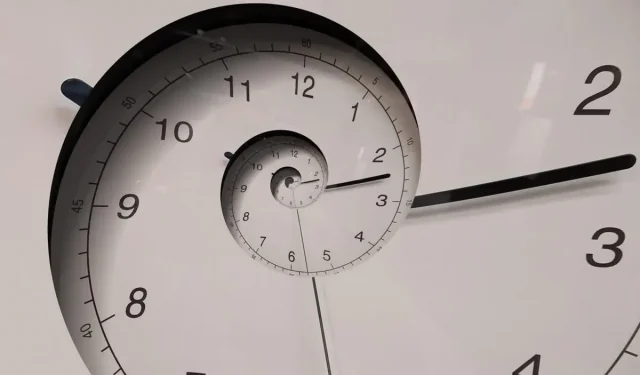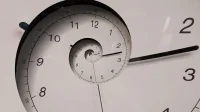The leap second should soon disappear. No offense to Russia.
The days are numbered for the leap second, the second that causes so many problems for software developers. This weekend, during the General Conference on Weights and Measures in Paris, representatives of various governments almost unanimously voted to abolish this practice of adding a second to official clocks.
Leap second should disappear soon
Introduced in 1972 as a measure to adjust Coordinated Universal Time (UTC) to reduce the difference between atomic time and solar time, this leap second made life difficult for technology companies for decades to come. In 2012, for example, Reddit went down for about 40 minutes when the addition of a leap second drove the company’s servers crazy. More recently, Cloudflare has been having issues with their DNS services due to a time change in 2016.
Companies like Meta, the parent company of Facebook, use a technique known as smearing to avoid problems when the International Earth Rotation and Reference Systems Service corrects UTC by adding that leap second. A few months ago, the American giant published a blog post calling for an end to this practice. “Each leap second is a major source of trouble for the people who manage the hardware infrastructure,” Meta explained at the time.
No offense to Russia
In a vote this week, dignitaries in the United States, Canada and France called for an end to it by 2035. Russia voted against this proposal. In the past, the country has wanted to delay this decision because GLONASS, its satellite positioning system, integrates this correction, while GPS does not. Felicitas Arias, former director of time at the International Bureau of Weights and Measures, told Nature that the move could force Russia to launch new satellites.
There remains one more organization that can still add its grain of sand. The International Telecommunication Union (ITU), which is responsible for transmitting universal time, will vote on this next year. If she agrees to “Resolution D”, metrologists and other astronomers will have until 2135 at the latest to figure out how to reconcile atomic and solar time.


